The Armenian Quarter is one of the four districts in the Old City of Jerusalem; alongside the Muslim Quarter, the Jewish Quarter, and the Christian Quarter. Most of the quarter is surrounded by a wall and is a closed private area of the Armenian monastery. It is the smallest in the Old Town Jerusalem.
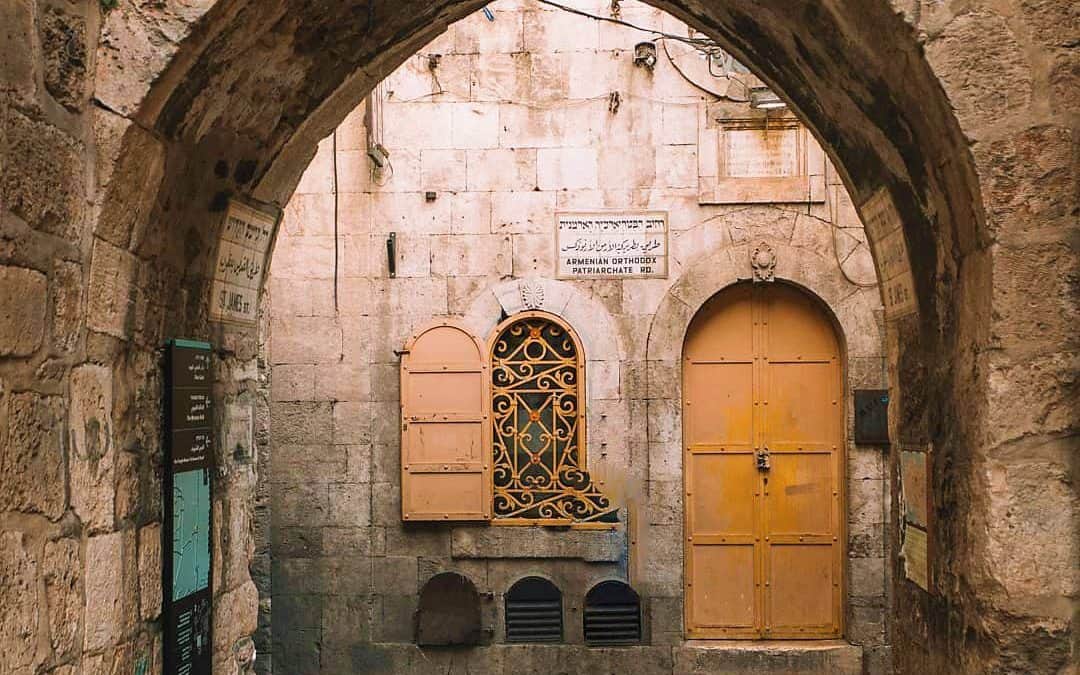
Some More About the Armenian Quarter
The Armenian people were the first to convert to Christianity as a nation in 301 CE. The penetration of Christianity among the Armenians was relatively rapid. So, already in the late 4th century, there was an Armenian community in Jerusalem; since then, there has been a continuum of Armenian settlement in the city. The Armenian community was the patron of the monophysite communities in Jerusalem, while most of the Christian communities believed in Dyophysitism.
Christian Sites in Jerusalem
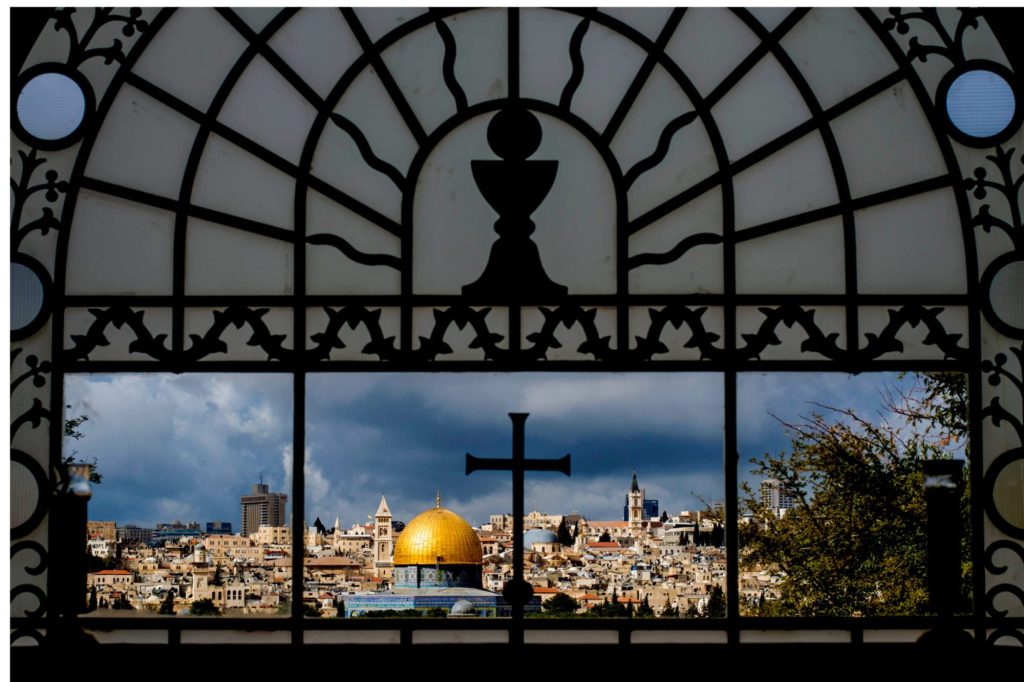
Furthermore, the center of community life was in the Church of the Holy Angels, whose remains are today in the Church of Hanan district. The purpose of the Armenian settlement in Jerusalem was to preserve the holy places in Jerusalem in general and in the Church of the Holy Sepulcher in particular.
The Armenian Quarter In the Byzantine Period
In the Byzantine period, there were many churches and monasteries throughout Jerusalem and its surroundings, but with the Persian conquest of Israel in 615, most of these institutions were destroyed, and community life was limited mainly to the Armenian Quarter and Mount Zion.
Old City Jerusalem Tour

During the Crusades, the community flourished, and its daughters came into the marriage with the European knights. The best-known of the Armenian girls who married the Crusaders was the mother of Melisande, Queen of Jerusalem. In the 12th century, the Cathedral of St. Jacob was built in this area of the Old City, a center for Armenians in the Land of Israel.
Things to See in the Armenian Quarter
There are various interesting things to see in the Armenian Quarter. First would be the Armenian Museum.
The Armenian Museum is a museum in the Armenian Quarter of Jerusalem that displays the history and culture of the Armenian people. The museum displays exhibits from the history and culture of the Armenian people in Israel and worldwide, including shows from folklore, paintings and photographs, works of art, archeological finds, pottery, and stone reliefs. Also on display is information about the first printing house in the country, founded in 1833 by Armenians. A significant part of the exhibition in the museum relates to the Armenian genocide that took place in the First World War.
Saint James Cathedral
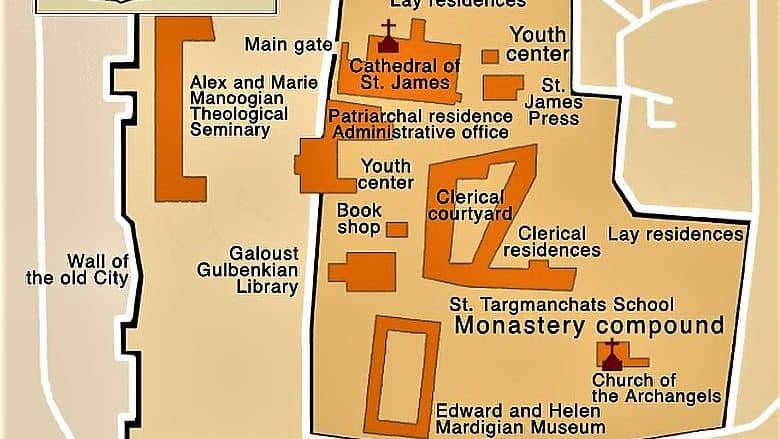
Also, you can find in the Armenian Quarter a lovely place called Christ Church, an Anglican church. Consecrated by Bishop Samuel Gobat on 21 January 1849, it is the oldest Protestant church building in the Middle East. Its congregation mainly comprises English-speaking Jewish Christians, with both Christian and Jewish festivals being celebrated.
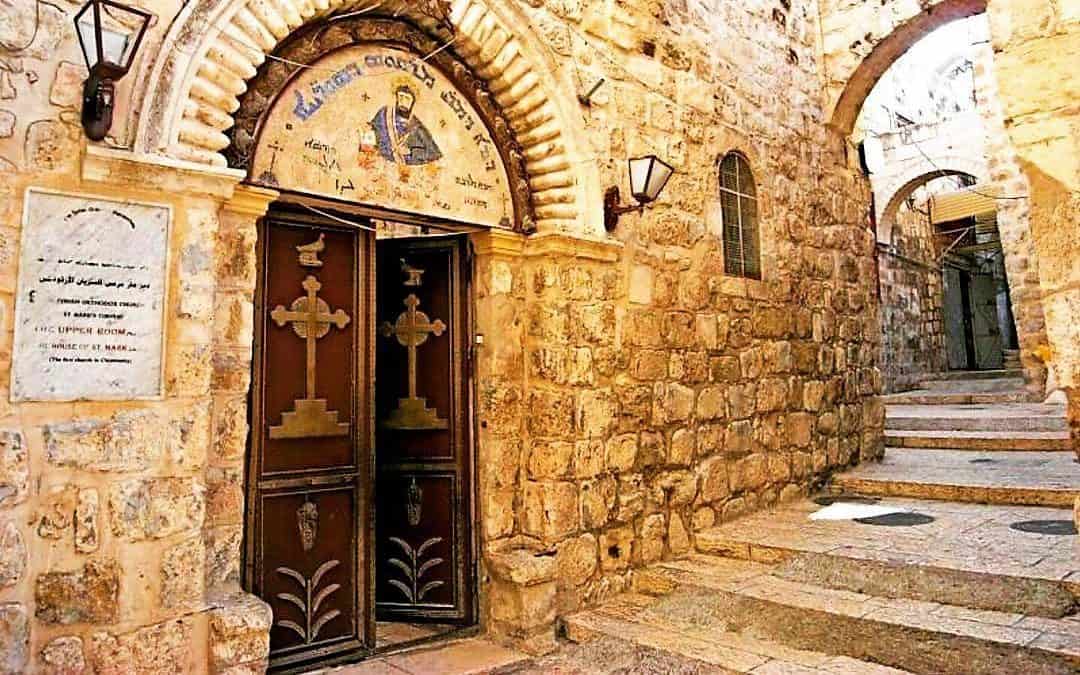
The Armenian Quarter: Monastery of Saint Mark
Syriac Orthodox Monastery of Saint Mark is a Syriac Orthodox monastery and church in East Jerusalem. According to a 6th-century inscription Inscription at the Monastery of St. Mark’s in Jerusalem found during a restoration in 1940, the church is on the ancient site of the house of Mary, mother of St. Mark the Evangelist (Acts 12:12) and the place of the Last Supper of Christ with His disciples. Some Christians believe the Last Supper was held at the nearby Cenacle on Mount Zion.
Jerusalem Ultimate Guide
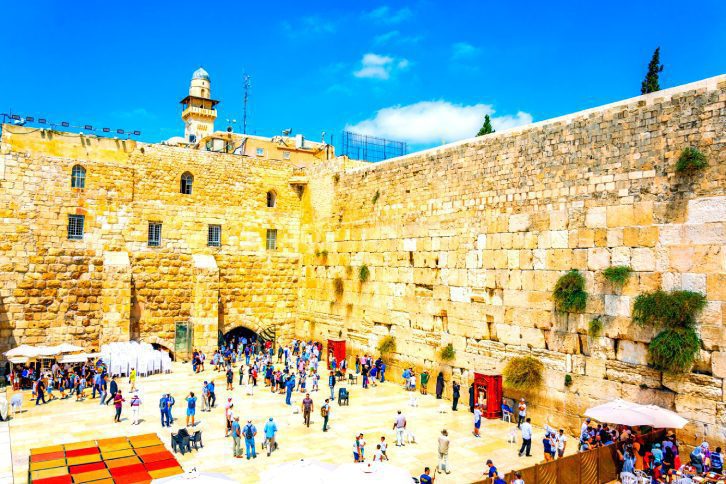
The Armenian Quarter: Cathedral of Saint James
So the Cathedral of Saint James is a 12th-century Armenian church in the Armenian Quarter, near the quarter’s entry Zion Gate. The cathedral is dedicated to two Christian saints: James, son of Zebedee (James the Greater) (one of the Twelve Apostles of Jesus), and James, the brother of Jesus (James the Just). It is located near the Church of the Holy Archangels. It is the principal church of the Armenian Patriarchate of Jerusalem, also known as the Armenian Patriarchate of Sts. James.

